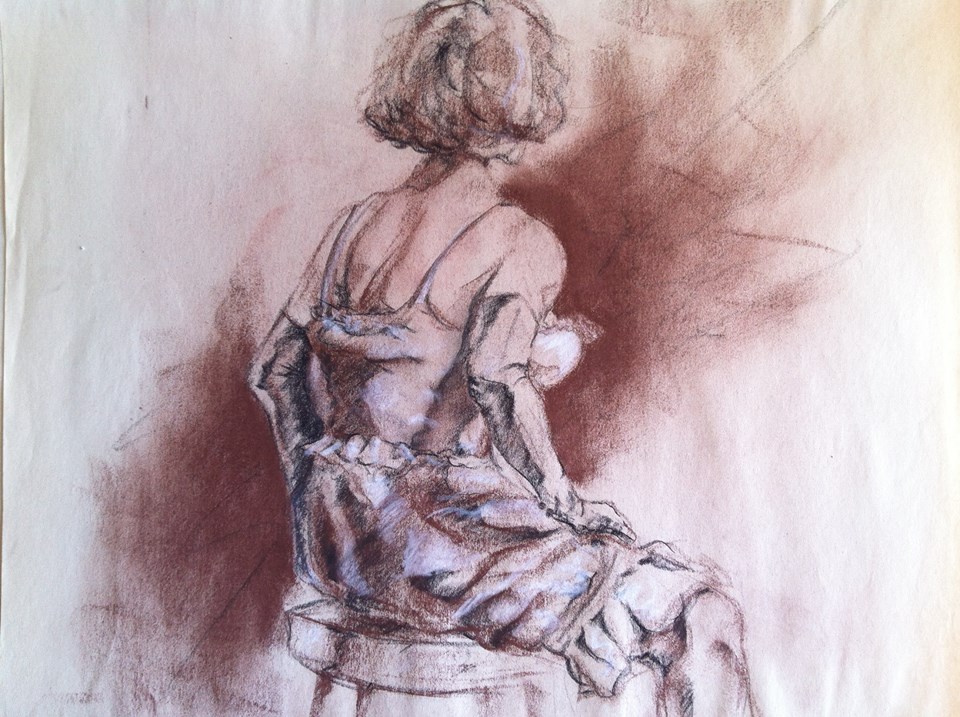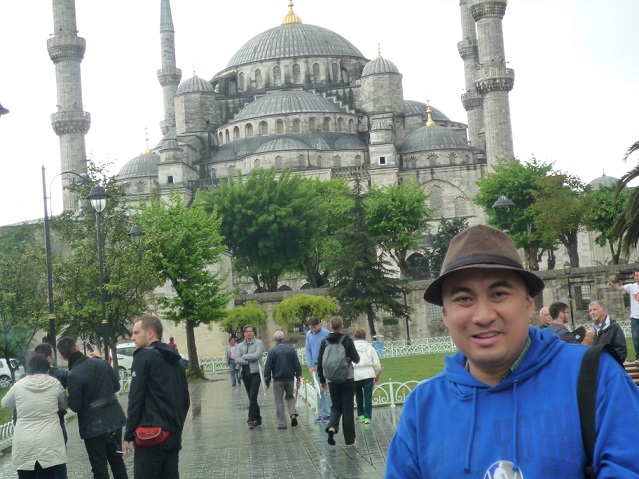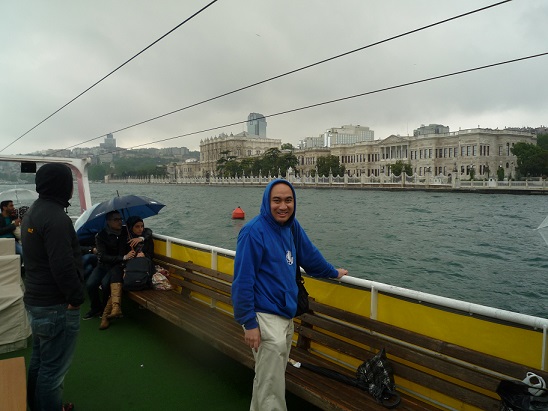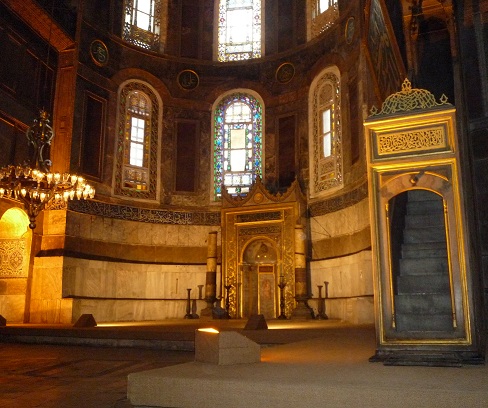Romantic, historic Istanbul
By Wendell GaaRomantic, exotic and historic are fitting words to describe Istanbul, Turkey’s largest city and one that has played a part in some of the world’s greatest civilizations.
The two most iconic civilizations of this great city which come to my mind are easily the Byzantine and Ottoman empires.
Before paying a recent visit here with my family, I had known Istanbul best through the movies, particularly the three James Bond films: the classic 1963 “From Russia with Love” with Sean Connery, 1999’s “The World Is Not Enough” with Pierce Brosnan and 2012’s “Skyfall” with Daniel Craig.
Now we finally had the chance to experience Istanbul in full living color, with its rich historic attractions that are as varied and numerous as Turkey’s celebrated past. To describe all of Istanbul’s main attractions would require a whole book or more, so I shall just focus on a few sites which are a must for first-time tourists.
Hagia Sophia Museum
The first is the Hagia Sophia museum. This building once served as a church and a mosque at different periods of Turkish history, respectively from its construction in 537 AD during the Christian Byzantine era, until 1453 when the Islamic Ottoman sultans reigned over the country. It was secularized and officially opened to the public as a museum on 1 February 1935 when Turkey became a secular republic under the great leader President Mustafa Kemal Atatürk.
Walking inside the majestic building, we could see how the Hagia Sophia perfectly conveyed Turkey’s Byzantine and Ottoman heritage, and it was as if we were symbolically seeing two beautiful religions, Christianity and Islam, harmoniously coexisting under one roof exemplified by the mosaic Christian paintings on the walls and Quran calligraphy on the ceilings.
It is noteworthy that the Hagia Sophia was the world’s largest cathedral for nearly a millennium until the Seville Cathedral in Spain was assembled in 1520. The enormous dome roofing the building’s center was truly astonishing. We walked through the ground floor and saw a number of attractive exhibited Islamic artwork such as calligraphy verses from the holy Quran.
We then saw what appeared to be an old giant staircase which led us straight to the second floor where we had a closer view of the domed ceiling. Even more intriguing were the mosaic paintings of Jesus, Mother Mary, Christian angels and saints which seemed as if they had been partially plastered over during the early Ottoman period, yet still looked as sanctified and mesmerizing today as they did many centuries ago.
Blue Mosque
Just parallel to where the Hagia Sophia is situated is Istanbul’s other great landmark, the Sultan Ahmed Mosque, better known as the city’s Blue Mosque due to the blue tiles decorating the walls of its interior. We learned that this mosque was constructed in 1616 during the reign of the Ottoman Sultan Ahmed I.
It is said that after a battle with Persia that ended unfavorably for the Ottomans, Sultan Ahmed commissioned for a mosque in Istanbul to be built in order to please God. Since its construction until today, the Blue Mosque has continued to serve as a serene place of worship for devout Muslims, as well as a tourist highlight for visitors.
Approaching the Blue Mosque, we marveled at how aesthetically stunning it was, with its one enormous main dome, six colorful minarets and eight smaller-scale domes. Hardly anywhere else in Turkey could you see the epitome of Ottoman architectural and religious beauty than right here. It is considered the last great mosque of Turkey’s classical era.
We were requested to remove our shoes for pious reasons when we entered the mosque. Its immense interior revealed over 20,000 handmade ceramic tiles, with the tiles at the lower levels painted with traditional designs, while their designs at the gallery level were as assorted as painted illustrations of fruits, flowers and cypresses. As the mosque was still open for prayers at the time, we observed a number of Muslim men praying towards the direction of Mecca, Islam’s holiest city, near the front center of the mosque, along with the women who had their own reserved prayer section at the mosque’s back area.
Bosphorus Cruise
Now if these great attractions aren’t enough for you, then a good way to cap off a day’s journey through Istanbul is to tour the city’s skyline by way of a cruise along the Bosphorus Strait, which forms part of the dividing boundary between the Europe and Asia side of the city. Until our visit, never before had I explored a city which bestrides two continents.
Although the sky was partially overcast, it didn’t dampen our channel excursion from where we got to enjoy good views of the Ottoman-era mosques and Byzantine-era cathedrals on both the Europe and Asia side of the city. The cool, breezy air was definitely a pleasant bonus to our trip.













